Throughout human history, ancient civilizations have left countless mysteries behind.
Among them, the ancient city of Mohenjo-Daro, part of the Indus Valley Civilization, stands out as particularly enigmatic.
This city boasted advanced architectural techniques and a well-organized society, yet it suddenly disappeared.
Some researchers and urban legend enthusiasts speculate that its destruction might be linked to an “ancient nuclear war.”
Traces of radiation and stones scorched at high temperatures are thought to be possible evidence.
In this article, we delve into the mysteries of Mohenjo-Daro and seek the truth behind this ancient civilization.
- The structure and advanced technologies of Mohenjo-Daro
- Mysterious traces of radiation and high-temperature phenomena
- Evidence and counterarguments supporting the ancient nuclear war theory
- The warnings Mohenjo-Daro offers to modern society
- What is Mohenjo-Daro? Its Discovery and Surprising Structure
- Traces of High Heat and Radiation: The Basis for the Nuclear War Theory
- The Possibility of Nuclear Technology in Ancient Civilizations
- Mohenjo-daro as a Warning for the Future
- Summary
What is Mohenjo-Daro? Its Discovery and Surprising Structure
Mohenjo-Daro is an ancient city ruin of the Indus Valley Civilization located in present-day Pakistan.
Discovered in the 1920s by British archaeologists, its perfectly planned urban design shocked the world.
The site, built around 2500 BCE, featured advanced technologies such as a drainage system and organized streets, highlighting the civilization’s impressive knowledge.
Its sophisticated planning reflects the advanced cultural and technological capabilities of its time.
The Urban Design of Mohenjo-Daro
The entire city was laid out in a grid pattern with residential buildings, warehouses, and public baths.
Particularly noteworthy is the precision and durability of the brickwork used in its construction.
The existence of an advanced drainage system and public facilities indicates a culture that prioritized hygiene and urban functionality.
The meticulous design demonstrates a level of urban planning that remains influential even today.
The Brickwork and Architectural Techniques of Mohenjo-Daro
The brickwork displayed remarkable durability and functionality, representing the evolution of Indus Valley architecture.
The drainage system, which extended throughout the city, enhanced the convenience and quality of daily life for its residents.
These features illustrate the city’s emphasis on planning and innovation.
They also provide insight into the advanced technical skills of its builders.
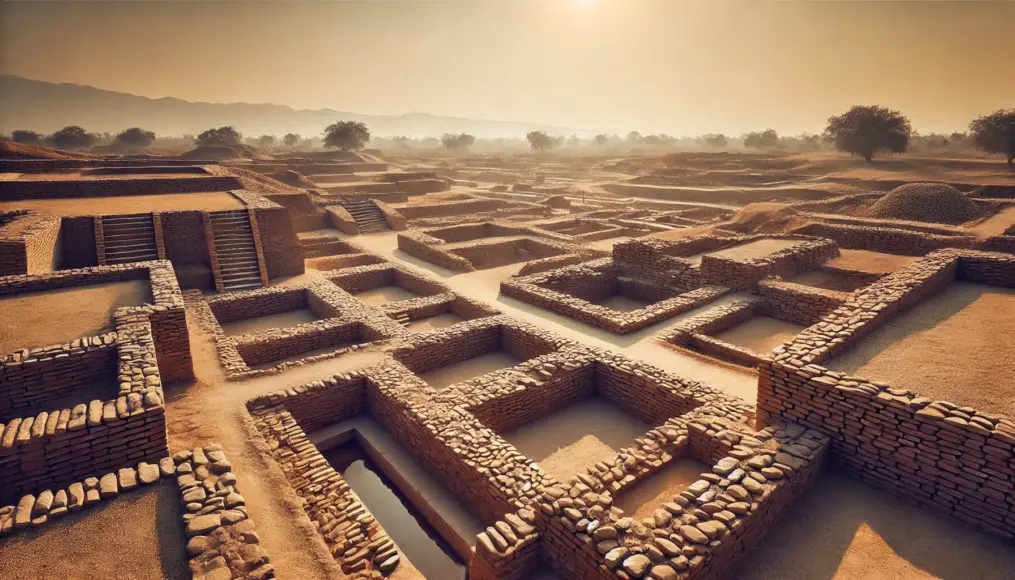
The Discovery of Mohenjo-Daro
Mohenjo-Daro was discovered in 1922 when local farmers unearthed bricks during excavation.
Later, British archaeologist John Marshall conducted a detailed investigation, uncovering the city’s full scope.
The revelation of such an advanced city from thousands of years ago stunned researchers worldwide.
The planned nature of the city particularly stood out, offering a fascinating glimpse into ancient urban life.
Urban Layout Revealed During Excavation
Excavations revealed not only residential areas and public spaces but also warehouses and market remains.
These findings suggest that Mohenjo-Daro played a significant commercial role in its time.
Artifacts and tools found during the excavation provide valuable insights into the daily lives of its inhabitants.
These detailed discoveries have further elevated the historical value of the site.
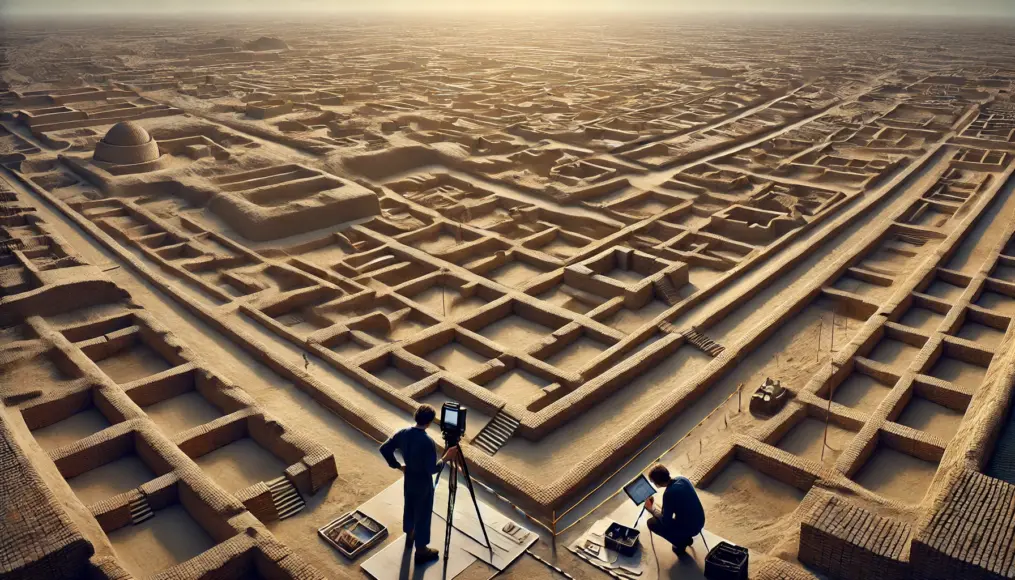
John Marshall’s Methods in Archaeological Research
John Marshall employed meticulous recording and scientific methods to excavate Mohenjo-Daro.
His work significantly contributed to the accurate restoration of the site and understanding the Indus Valley Civilization.
Through his efforts, the timeline of the civilization was established, enhancing our understanding of ancient history.
His contributions remain a cornerstone in the development of modern archaeology.
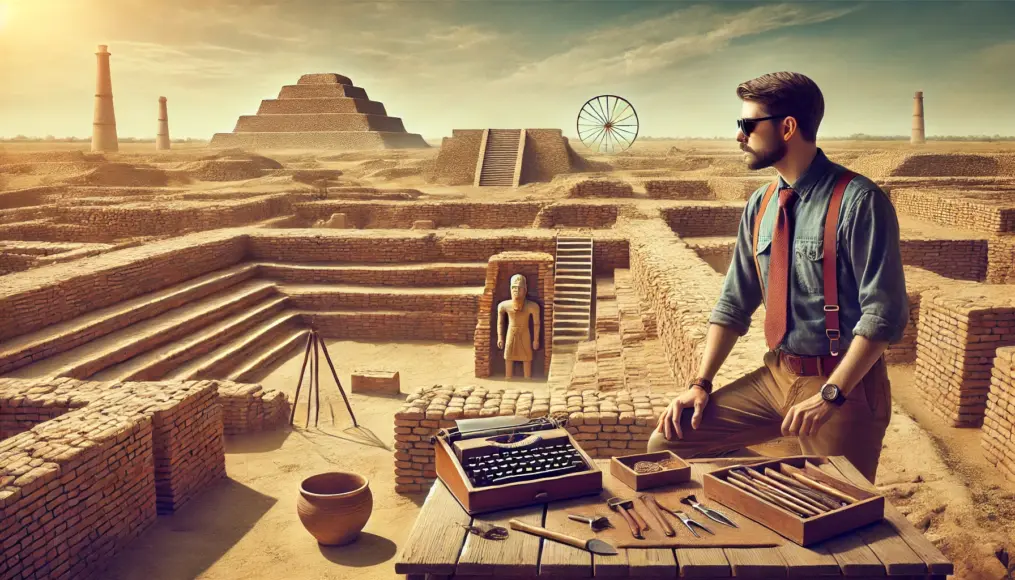
Unusual Traces That Deepen the Mystery
As excavation progressed, traces of extreme heat and residual radiation added an eerie dimension to the site.
These peculiar features raised questions about the destruction of Mohenjo-Daro and suggested large-scale devastation.
Scientists argue that the city was not merely destroyed by natural disasters but might have been obliterated by an unprecedented event.
This has fueled theories of ancient nuclear warfare, becoming a widely discussed urban legend.
Analyzing Extreme Heat and Radiation Traces
Sections of the site exhibit evidence of exposure to extraordinarily high temperatures.
These traces suggest energy levels that natural phenomena alone cannot explain.
Furthermore, residual radiation detected at the site has sparked debates about the occurrence of nuclear reactions in ancient times.
Such findings provide compelling support for theories of ancient nuclear warfare.
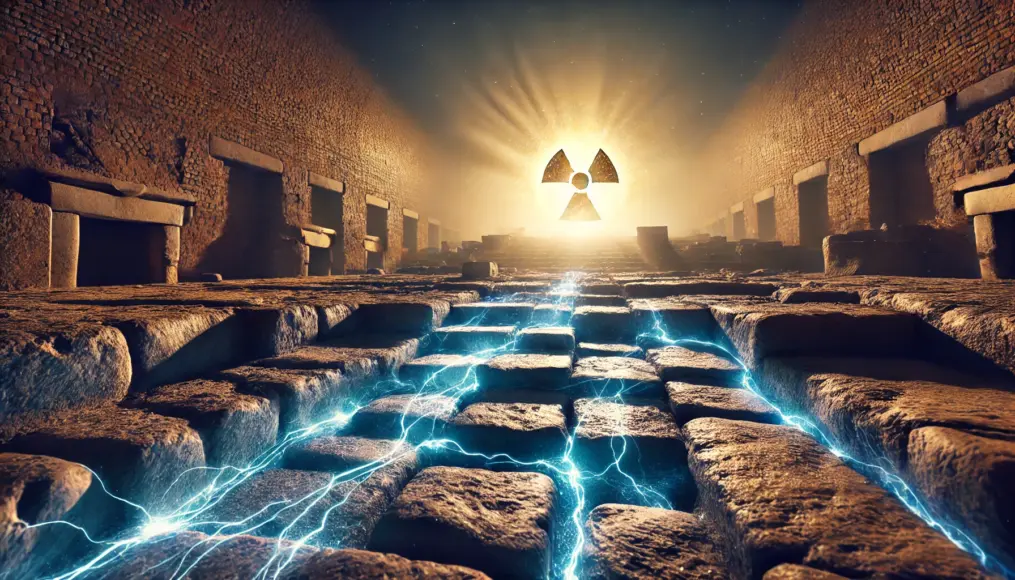
Traces of High Heat and Radiation: The Basis for the Nuclear War Theory
Mohenjo-daro reveals numerous intriguing traces that support the ancient nuclear war theory.
Among these are bricks scorched at high temperatures, traces of radiation, and skeletal remains with unusual damage.
These findings provide reasons to seriously consider the urban legend of an “ancient nuclear war.”
However, debates continue, as some researchers argue these phenomena can be explained by natural or other causes.
Scorched Bricks and Traces of Extreme Heat
Structures in Mohenjo-daro contain bricks showing signs of being scorched at extraordinarily high temperatures.
These bricks bear marks of heat that cannot be explained by natural fires, leaving researchers puzzled over the source of such energy.
The peculiar intensity of this heat energy has fueled debates over whether its origins are natural or technological.
Interpretations range from purely scientific hypotheses to urban legend-based explanations.
Hypotheses Regarding the Source of Heat Energy
Possible causes for the extreme heat include ancient volcanic activity or meteorite impacts.
However, these do not fully explain the anomalies, prompting comparisons to nuclear explosions.
Some experts speculate this heat energy could be tied to advanced human technology from ancient times.
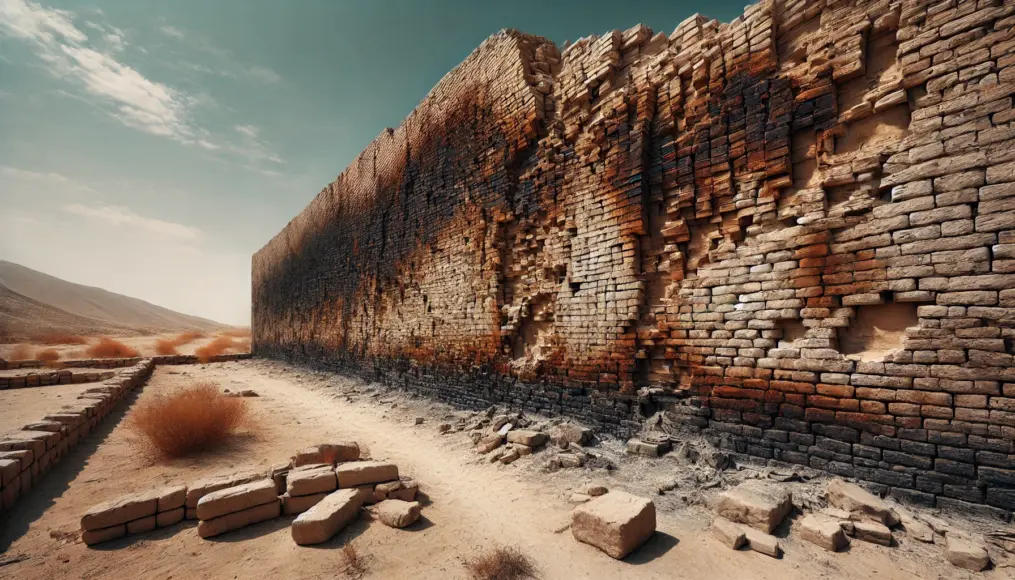
Traces of Radiation and Abnormal Levels
Radiation traces have also been detected at Mohenjo-daro, drawing attention to the urban legend of an “ancient nuclear war.”
Some areas exhibit radiation levels far exceeding the natural background, leading to debates over whether these are natural or artificial.
Some researchers argue this phenomenon is linked to nuclear technology, while others remain skeptical.
The origin of these high radiation levels remains an unsolved mystery.
The Mystery of Uneven Radiation Distribution
Interestingly, radiation traces are not evenly spread across the site but are concentrated in certain areas.
This uneven distribution has led some to hypothesize that an explosion might be the cause.
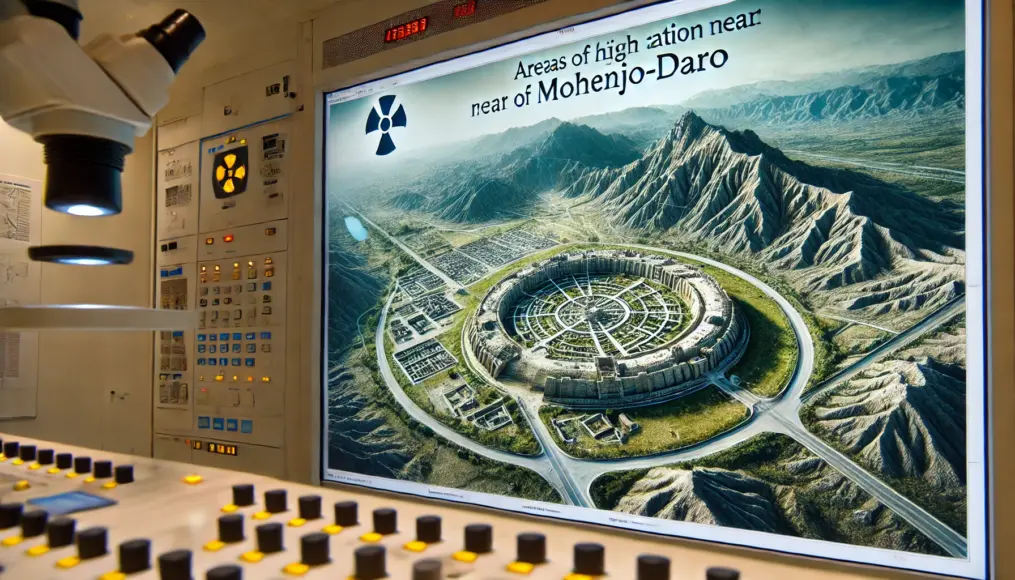
Unusual Traces Found on Skeletal Remains
Skeletal remains unearthed at Mohenjo-daro bear marks of being exposed to extremely high heat.
These damages resemble those caused by modern nuclear explosions, bolstering the nuclear war theory.
However, it remains unclear whether this resemblance is a coincidence or indicative of something more significant.
The unexplained nature of these skeletal damages keeps the debate alive among researchers.
Distribution and Characteristics of Thermal Damage
Among the skeletal remains, some show partial damage while others are intact, suggesting localized high-heat exposure.
This finding points to the possibility of a nuclear explosion affecting specific areas.
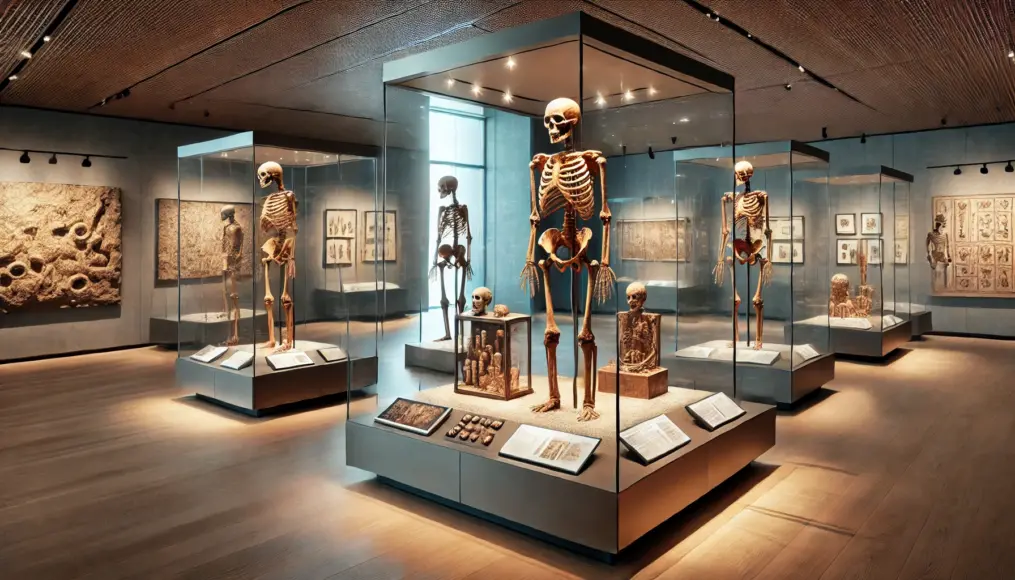
Surviving Urban Structures and Destruction Patterns
The urban structures of Mohenjo-daro exhibit a unique pattern of destruction, with heavily damaged areas alongside intact ones.
This phenomenon aligns with the characteristics of shock waves from nuclear explosions.
The specific patterns of damage raise questions about whether this was the result of advanced ancient war technology.
Could this be evidence of intentional destruction, or does it point to another unknown cause?
Preservation and Damage of Buildings
Many destroyed structures appear to have been damaged by blasts or shockwaves.
Yet, adjacent buildings remain completely intact, suggesting precision in the destructive force.
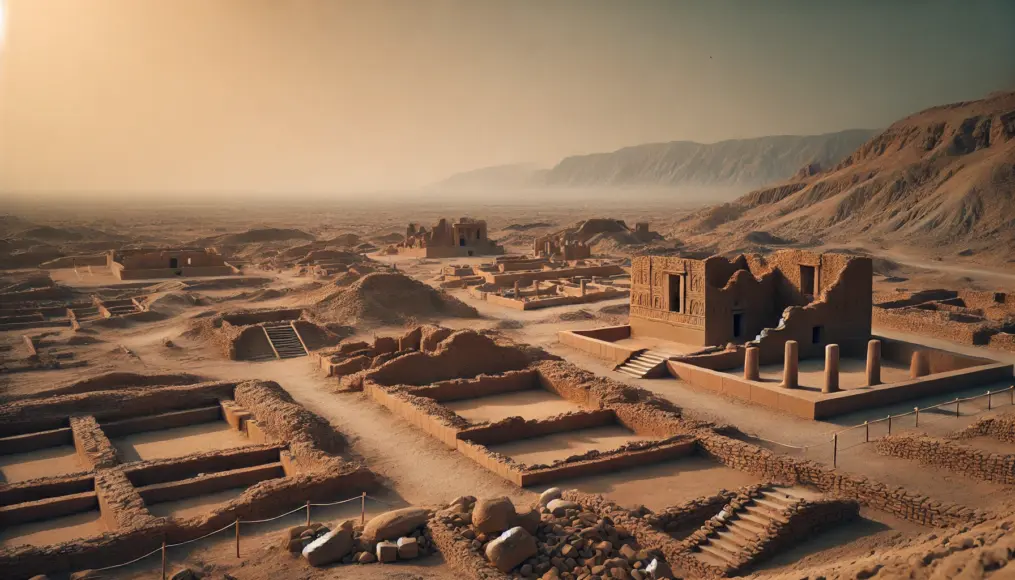
The Possibility of Nuclear Technology in Ancient Civilizations
The key to unraveling the mystery of Mohenjo-daro lies in the possible existence of nuclear technology in ancient times.
From the perspective of modern science, many aspects of the site cannot be fully explained by natural phenomena.
One of the most significant points is the evidence of extreme heat spread across the city.
This suggests the possibility of a nuclear explosion, which has been a subject of debate for years.
Ancient Civilizations and Technological Advancements
Many researchers propose that ancient civilizations might have possessed technologies surpassing modern capabilities.
The extreme heat traces in Mohenjo-daro are thought to have been caused by something man-made rather than natural occurrences.
Especially noteworthy are the meticulously planned urban design and unique architectural techniques, which seem to support this hypothesis.
Could these innovations be the result of accumulated knowledge and technology over centuries?
Traces of Extreme Heat in Mohenjo-daro
Evidence of melting due to extreme heat has been observed in buildings and the ground.
These findings cannot be explained by volcanic activity or meteorite impacts.
Rather, some studies suggest the phenomena closely resemble those of a nuclear explosion.
If true, Mohenjo-daro could be the site of the first “nuclear war” in human history.
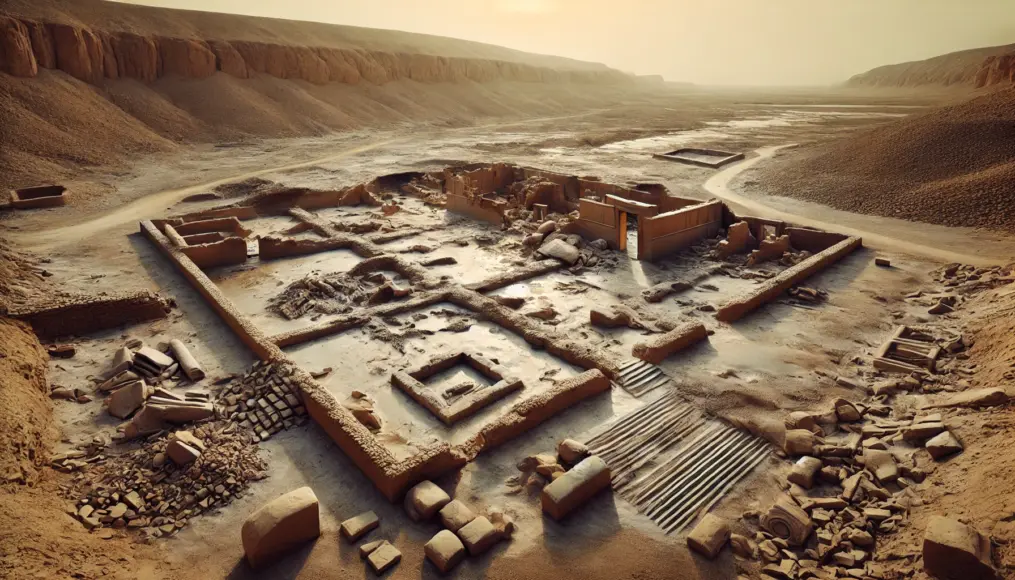
Technological Uniqueness Compared to Other Civilizations
When compared to other civilizations of the same period, Mohenjo-daro’s technological prowess stands out.
Its sophisticated urban planning and irrigation systems highlight its advanced nature.
Additionally, the residual radioactivity in the ruins is unparalleled in other archaeological sites.
These elements make Mohenjo-daro a unique and intriguing case.
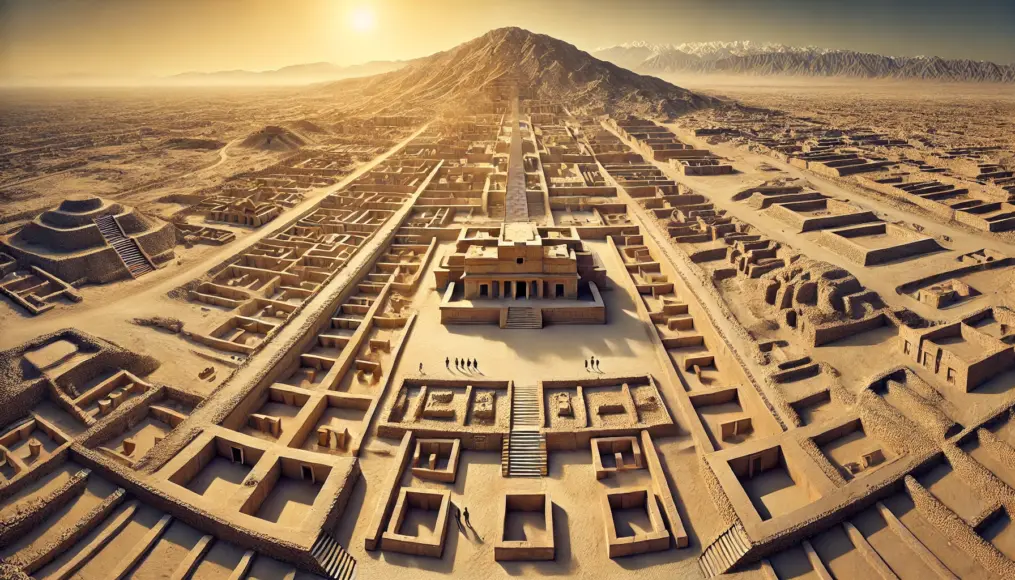
The Possibility and Impact of Nuclear Technology
If nuclear technology existed in ancient times, how would it influence modern civilization?
And why did such advanced technology disappear?
The use of nuclear technology might have been driven by war or conflict.
Alternatively, the civilization may have failed to manage the technology effectively.
Radiation Levels as Evidence of Nuclear Technology
Abnormal radiation levels have been detected around the site.
These levels are far beyond what would be expected in a natural environment, drawing significant attention from researchers.
High concentrations of radioactive materials cannot be explained as coincidental.
This could serve as direct evidence of the use of nuclear technology.
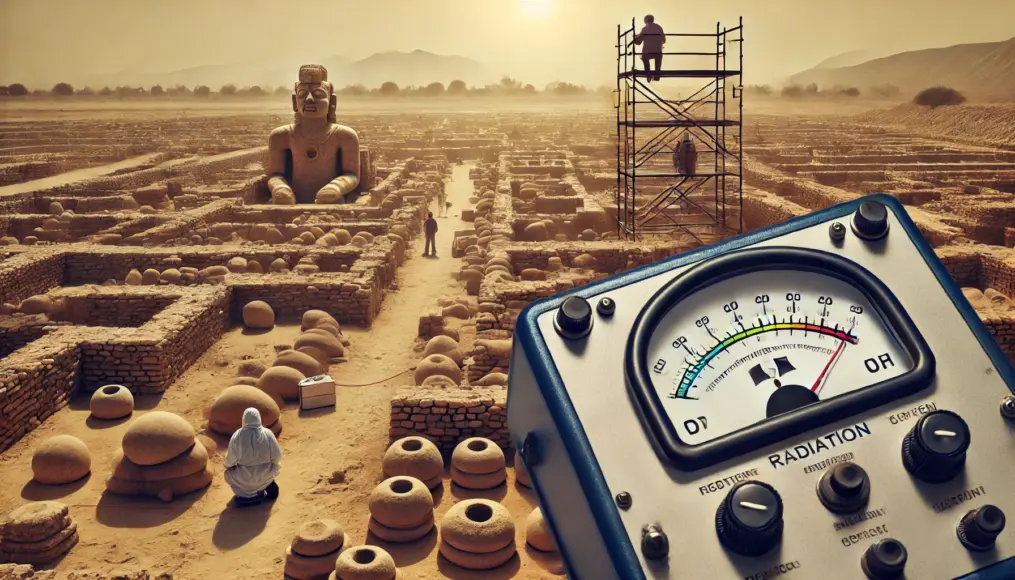
Reasons for the Loss of Nuclear Technology
If ancient civilizations did possess nuclear technology, why was it lost?
The devastating effects of war or the total collapse of the civilization might be the cause.
There is also the possibility that nuclear technology spiraled out of control, leading to the civilization’s demise.
Regardless, the reasons behind its disappearance remain deeply enigmatic.

Mohenjo-daro as a Warning for the Future
The mysteries surrounding Mohenjo-daro transcend mere historical curiosity and serve as lessons for the present and future.
Understanding why past civilizations collapsed offers crucial insights to prevent similar mistakes in our modern world.
What really happened in this ancient city? Delving into this question urges us to reconsider how civilizations should function.
At the same time, the lessons from Mohenjo-daro can guide us toward building a sustainable future.
The Risks and Potential of Nuclear Technology for Humanity
If ancient civilizations indeed possessed nuclear technology, this scenario resonates with modern risks faced by humanity.
Today, nuclear technology is celebrated for its advancements but also feared for its potential for war and environmental devastation.
Recognizing the catastrophic outcomes of unregulated technology underscores the need for careful management.
From this perspective, history reminds us of the critical importance of responsible oversight in modern times.
Devastating Impacts of Nuclear War
Scenarios involving nuclear war have been extensively studied by experts worldwide.
Should such an event occur, it could lead to the destruction of cities and civilizations akin to Mohenjo-daro’s fate.
The repercussions would rapidly spread, causing global environmental changes on an unprecedented scale.
To avoid these dire outcomes, humanity must learn from history and take action to protect the future.
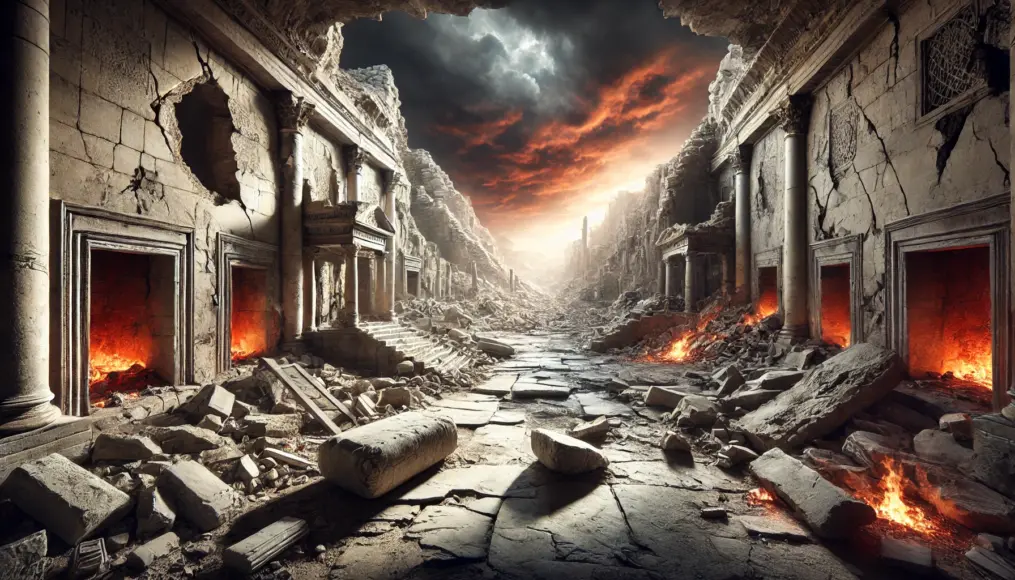
Environmental Consequences
A nuclear war would release vast amounts of radiation, severely disrupting ecosystems.
The aftermath would pose grave challenges not only for humans but for all living organisms.
The mysteries of Mohenjo-daro compel us to reflect on the risks of environmental destruction.
Therefore, environmental consciousness must play an integral role in our decisions moving forward.
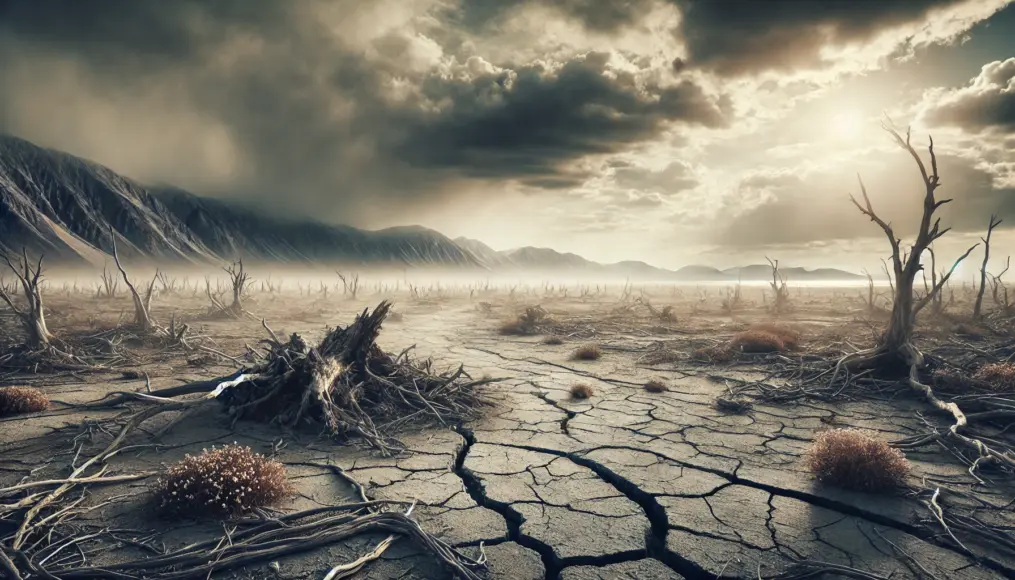
Mohenjo-daro as a Lesson for the Future
The study of Mohenjo-daro acts as a warning for the present and future.
While technological advancements contribute to civilization’s prosperity, their mismanagement can lead to catastrophic consequences.
These lessons should inform policies and education systems shaping our society.
Unraveling this ancient mystery might unlock keys to a brighter, more sustainable future.
Importance of Education and Ethical Technology
Incorporating historical lessons into education is a way to prevent future generations from repeating past mistakes.
Additionally, reflecting on the ethical dimensions of technology is equally important.
Through this, we can pave the way for a sustainable society.
Education and ethics are vital components for determining the future trajectory of our planet.

Policies Inspired by Historical Warnings
Policymakers and scientists should draw from historical warnings like those of Mohenjo-daro to build visions for the future.
Balancing technological advancements with risk management is essential for humanity’s sustainability.
Using historical perspectives to guide modern technological development can ensure societal benefits for all.
Through Mohenjo-daro’s lessons, we are reminded to act responsibly in shaping our shared future.

Summary
The mystery surrounding the disappearance of Mohenjo-daro highlights the grandeur and enigma of ancient civilizations.
The theory that a nuclear war caused its destruction goes beyond mere urban legend, supported by scientific evidence and archaeological discoveries.
These discussions deepen the hypothesis that ancient technology may have surpassed modern advancements, challenging our perspective on history.
Through this topic, we are invited to consider how past events might serve as lessons for the future.
What do you think is the truth behind this mystery?
We’d love to hear your thoughts in the comments section!

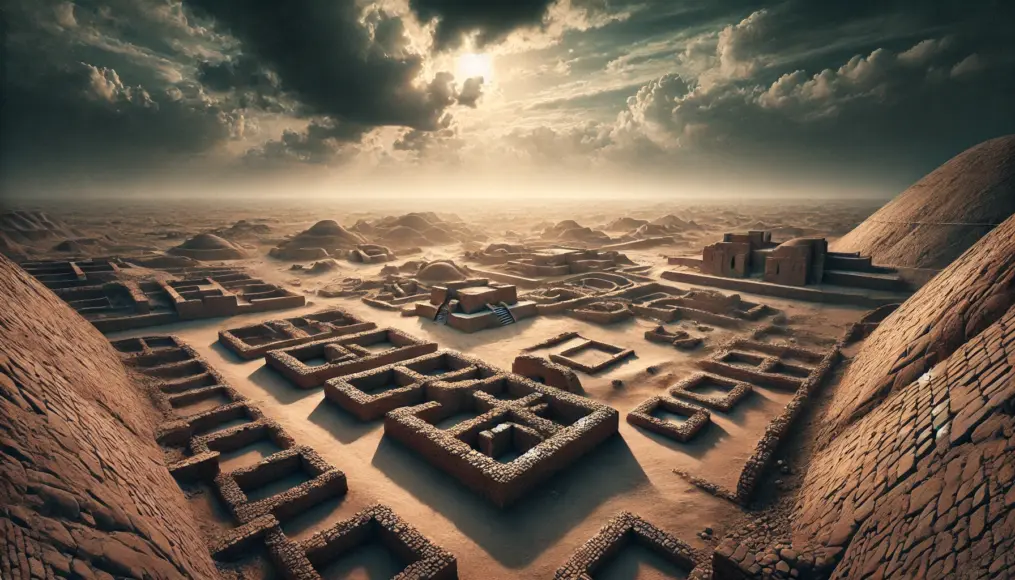

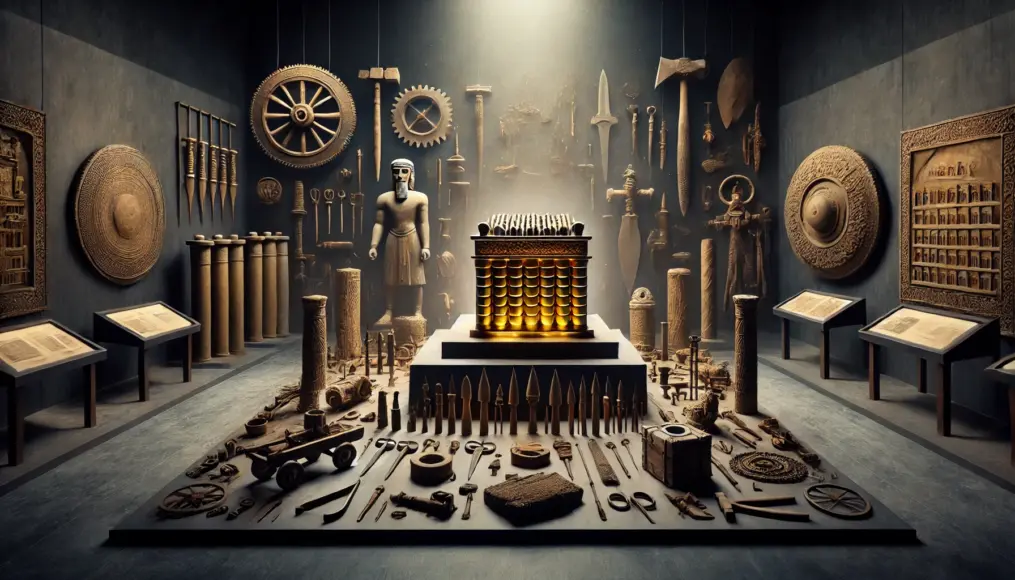
Comment